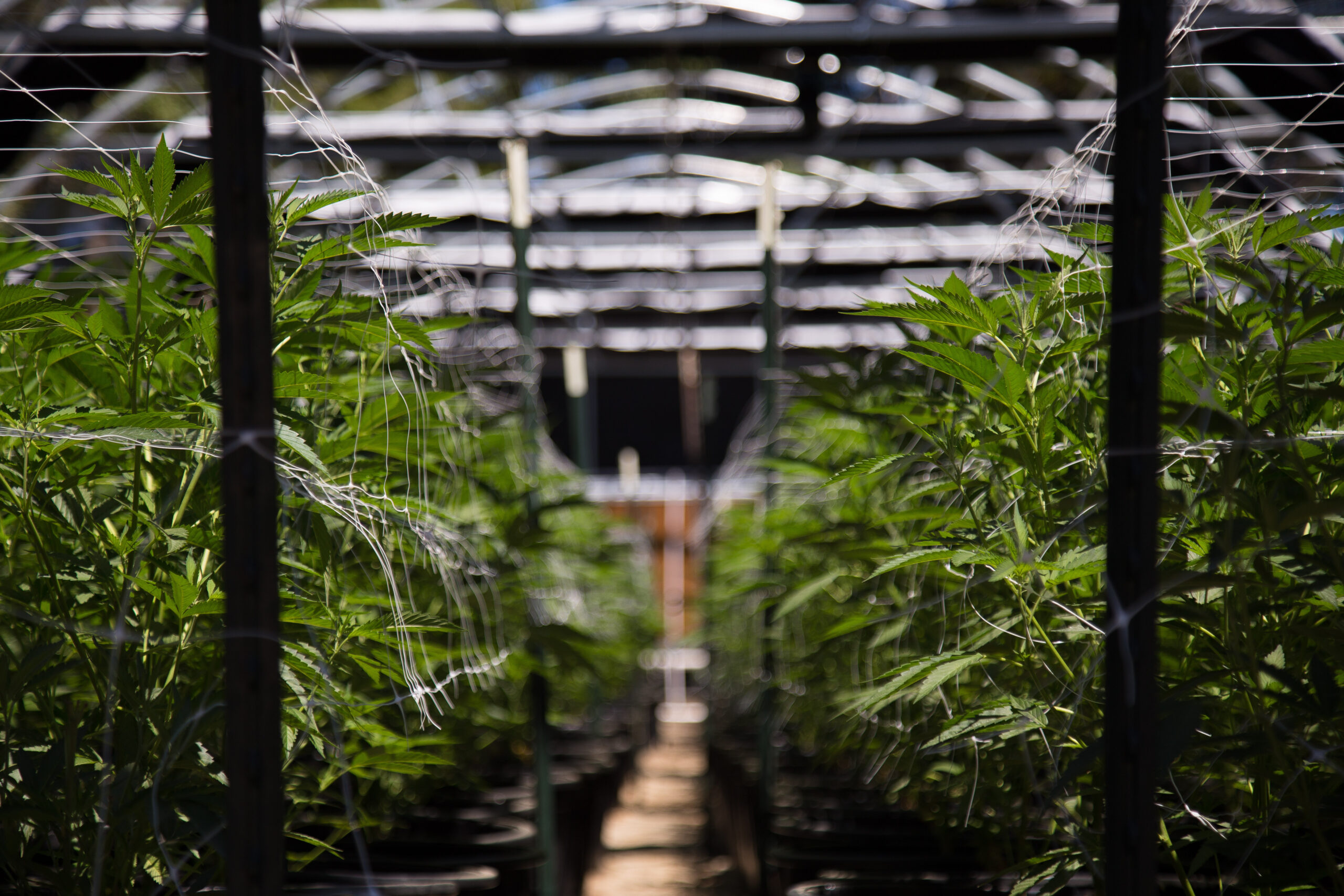It is hard to overlook cannabis as a college student living on campus. From smoking marijuana to eating cannabis infused snacks referred to as “edibles” or even THC vaping, all forms of marijuana use are extremely popular. However, I personally have seen another side of the story through the lens of numerous friends: marijuana abuse. According to the CDC, approximately three in 10 people who use marijuana have a marijuana use disorder. Having seen the negative impact firsthand, I would like to explore what cannabis use disorder (CUD) looks like and what happens when users stop using it.
Symptoms of cannabis withdrawal syndrome include irritability, trouble sleeping, dysphoria, cravings and anxiety.
Image Source: gradyreese
Behind alcohol and tobacco products, cannabis is the most commonly used substance of abuse in the United States. Nonetheless, the narrative towards cannabis addiction contradicts this. A common defense by cannabis enthusiasts is that marijuana is not addictive. This is an ambiguous statement; while marijuana is not inherently chemically addictive, it does not mean that it is not addictive. There is evidence that long term marijuana use can lead to addiction as about 9% of those who experiment with the it become addicted. Those who are addicted to cannabis and attempt to quit may experience bona fide cannabis withdrawal syndrome. The symptoms include irritability, sleeping troubles, dysphoria, anxiety, and cravings, all of which can contribute to a relapse.
A study by The Journal of Addiction Medicine looks at the effects of cannabis on executive functions (the set of processes necessary for the cognitive control of behavior). Acute effects – those lasting up to six hours after cannabis consumption – include impairment to attention and concentration in less experienced drug users. Meanwhile, more experienced cannabis users experience the same effects but on acute abstinence of the drug. This means that users with a higher drug tolerance must continually use the drug in order to maintain concentration. Acute cannabis use has also been shown to impair aspects of planning and decision making as well as inhibition and impulsivity. Finally, working memory has been well established to be impacted negatively by acute cannabis intoxication. Residual effects of cannabis use are defined by the effects a user experiences as short as seven hours to as long as 20 days since last consuming cannabis. The study found that when compared to controls, heavy cannabis users abstaining from cannabis had poorer decision-making skills, increased willingness to take unnecessary risk, and more errors with both inhibition and perseveration. In general, these drop after three weeks of abstinence; however, decision-making and risk-taking were still considered impaired. While cannabis use is not a chemically addictive drug, it can still be heavily abused, and more research needs to be done to evaluate the longer term effects of cannabis abuse.
Featured Image: © RYLAND ZWEIFEL/ Adobe Stock










